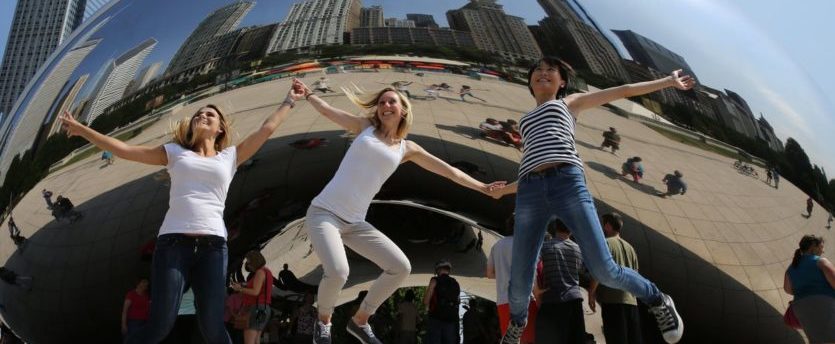“Look at me!” says the tourist, posing in a famous niche of an architectural marvel. “Look at this!” has become secondary.
Social media’s ubiquity, and its’ emphasis on images, has transformed the experience of architecture. While visiting a centuries-old Roman cathedral, we might have once gazed up at the stained glass, watching how the light filtered through to produce walls covered in vibrant colors. Now, we are more concerned with what filter will make the lighting most flattering for a selfie. This shift, the “Instagram-ization” of architecture, has created a world in which people place the highest value of what architecture can offer on how it will look on social media.
Architects have been catching on to how profitable going viral is, and started to intentionally design with this in mind. The consideration for what processing through a space feels like has been bargained off, and now much of architecture has been reduced to what can be captured in a photo rather than what can be gained from personal exposure to the building.
But this new genre of acclaim is ultimately healthy for the field of architecture because more people than ever can be aware of the gorgeous buildings of the world without requiring a physical visit! Not quite. For those visiting these great structures, it has shifted the focus from the present moment to what photo to post on social media. For architects, it has shifted the focus toward building visually striking buildings at the cost of longevity, as is the case with the Guangzhou Opera House. The goal of architecture is being diluted by the means.

Architecture is unique because no other medium, other than perhaps large sculptural installations, have humans within it and rely on people moving in order for the present experience to evolve. Standing in one spot is unchanging (unless you stand long enough to see the lighting change as the sun moves), while you can sit in one spot and experience an entire movie. Architecture should not be captured in a single snapshot showing 1% of an entire creation, despite what your Facebook and Instagram feed tells you. The beauty of architecture is its timeless nature, the ability to create something that lasts, something that is sustainable.

